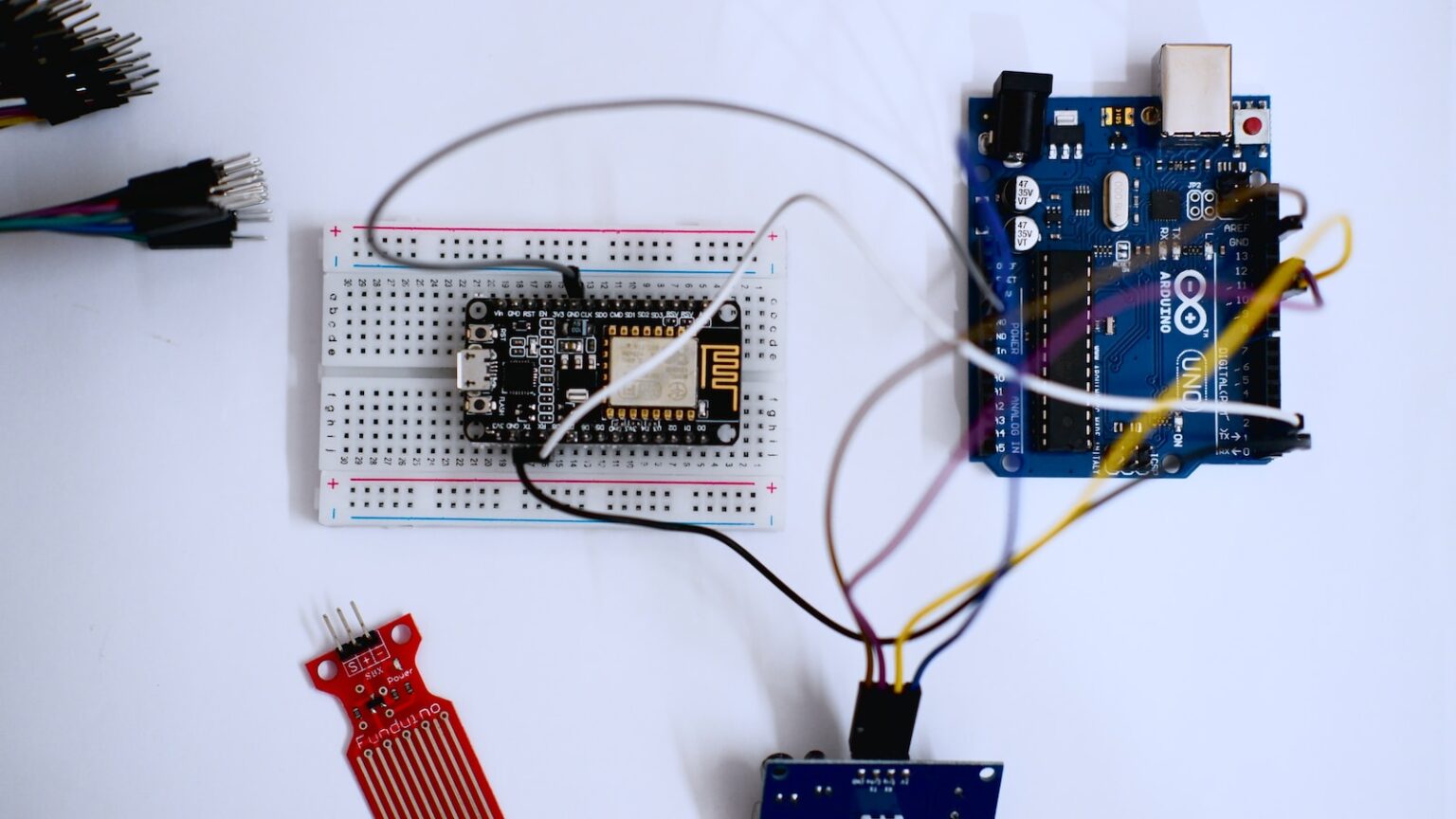Introduction
In Arduino programming, we often need to detect the state of a button or a switch to perform certain actions based on its input. Arduino IDE provides a powerful object called the Button object, which allows us to easily check if a button has been pressed or released. In this article, we will explore how to utilize the Button object to activate and deactivate an LED based on button input.
Using the Button Object in Arduino IDE
Checking if the Button is Pressed
The Button object in Arduino IDE provides a method called `fell()` that allows us to check if the button is pressed. By using this method, we can determine if the button is currently being pressed down. In our case, we want to activate an LED once the button is pressed. We can implement this functionality by calling the `fell()` method and checking its return value.
Activating the LED
Once we have determined that the button has been pressed using the `fell()` method, we can proceed to activate the LED. In Arduino programming, activating an LED is as simple as setting the corresponding pin to a HIGH value. We can achieve this by writing a HIGH value to the pin connected to the LED. This will turn on the LED, indicating that the button has been pressed.
Checking if the Button is Released
Now that our LED is activated, we need to check when the button is released. The Button object provides a method called `rose()` that allows us to check if the button has been released. We can use this method to determine when the button is no longer being pressed. Once the button is released, we want to deactivate the LED to indicate that the button is no longer pressed.
Deactivating the LED
To deactivate the LED, we simply need to set the corresponding pin to a LOW value. This will turn off the LED, indicating that the button has been released. By calling the `rose()` method and checking its return value, we can ensure that the LED is only deactivated when the button is released.
With the Button object in Arduino IDE, we can easily detect button input and perform actions based on its state. By utilizing the `fell()` and `rose()` methods, we can activate and deactivate an LED based on button input. This simple program showcases the power and ease of use of the Button object in Arduino programming. Now that we have written our program, we can easily upload it to the microcontroller and see our LED activation and deactivation in action.


